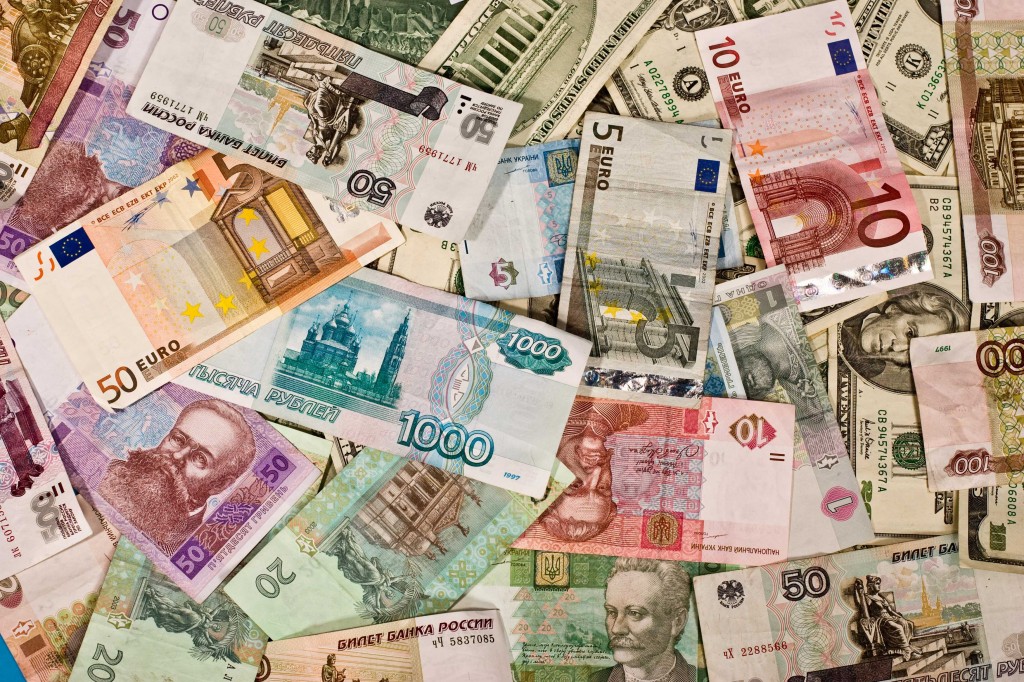One-off Move is no Sign of new Monetary Cycle

MTI/Szilárd Koszticsák
In a somewhat eyebrow raising action, the Hungarian central bank made its first tightening move in years, while emphasizing that it does not signal the start of a new monetary policy cycle. Analysts do not now expect a rise in the key rate this year.
György Matolcsy, governor of the National Bank of Hungary (MNB), makes a point at a press conference at the headquarters of the central bank on March 26, following the latest meeting of the rate setting Monetary Council. He is flanked by his deputy governors Márton Nagy (left) and László Windisch (right). Photo: MTI/Szilárd Koszticsák
In the first tightening move in years, the Monetary Council of the National Bank of Hungary (MNB) decided to raise the overnight central bank deposit rate by 10 basis points to -0.05% at its latest rate-setting meeting.
However, central bank governor György Matolcsy was quick to emphasize at a press conference following the meeting that the MNB has reached its medium-term inflation target and would continue to maintain its dovish policy. The tightening did not signal the start of a new monetary policy cycle, he said.
The council has left the base rate unchanged at 0.9% as well as the O/N collateralized central bank loan rate. At the policy meeting, the MNB set the amount of liquidity to be crowded out from central bank instruments at “at least” HUF 300 billion-500 billion, down from HUF 400 bln-600 bln in the first quarter.
The MNB has left the base rate on hold since signaling an end to an easing cycle at a policy meeting in the spring of 2016. Following that, the central bank deployed what it called “targeted, unconventional instruments” to ease monetary policy further, and at recent policy meetings, the council has repeatedly expressed that it is “prepared for the gradual and cautious normalization of monetary policy”.
Fluctuating Inflation
The council also stated following the meeting that inflation “will fluctuate around” the 3% target in the coming quarters, while the measure of core inflation excluding indirect tax effects is “expected to continue to rise until the autumn months and then to decline from the end of 2019”.
“Hungary is set to start wrapping up one of Europe’s longest ever monetary-stimulus campaigns, though it’s unclear how aggressively it will tighten policy,” news site Bloomberg wrote just before the latest rate setting meeting.
“While no change is forecast for the base rate, an instrument that has mostly lost its relevance due to the unconventional toolkit, analysts are split over whether an increase in the overnight deposit rate from -0.15% will happen,” Bloomberg wrote.
Analysts asked by Reuters were also divided: while all the analysts participating in the Reuters poll unanimously projected that the MNB would leave the base rate on hold, eight of the 13 analysts said that the central bank would start to raise its -0.15% O/N deposit rate. Most, however, foresaw a higher, 15 basis points rise, and only two predicted the ten bps hike.
Holding the base rate at its current level is in accordance with market expectations, CIB Bank analyst Sándor Jobbágy told state news agency MTI. CIB Bank analysts still expect the base rate to remain 0.9% until the beginning of 2020, and the three-month BUBOR rate to still be at 0.9% at the end of 2019.
Normalization Signaled
Jobbágy added that raising the overnight deposit rate was a signal towards normalization, and he believes that the overnight rate has much more significance than the unchanged base rate. Although no change in the base rate can be expected this year, the council can fine tune its policy by changing the swap liquidity.
Gergely Suppan, head analyst at Takarékbank, said that he only expects a rise in the base rate when the rate corridor becomes symmetrical around the key rate, which is not likely to happen earlier than the middle of 2020.
The normalization process will probably be slow and gradual, mainly because the inflation seems to be controllable at the moment, and also because external monetary conditions are significantly loosened as major central banks once again moved in that direction. Therefore a gradual tightening of the Hungarian monetary policy will be enough to slowly strengthen the Hungarian currency, which can also support reaching the inflation target.
The decision sent the Hungarian currency to the lows: at 15:11 on Tuesday, the forint was trading at 318.7 versus the euro, sharply weaker than 315.78 before the rate announcement, and the biggest one-day fall in years if it remained in that region.
Inflation Forecast Raised
In a preliminary release on Tuesday of the main forecasts from the latest “Inflation Report”, the MNB said that inflation could reach 3.1% both in 2019 and 2020, higher than its earlier forecasts. The central bank is thus raising its forecasts for inflation for this year by 0.2 of a percentage point, and for 2020 by 0.1 of a percentage point, compared to the estimates it gave in the December report.
Numbers to Watch in the Coming Weeks
Retail trade figures for February will be published by the Central Statistical Office (KSH) on April 5. The very same day, the first estimate of February’s industry performance will be released; the second estimate with the detailed figures will come out on April 12. On April 9, the KSH will publish the consumer price index for March.
SUPPORT THE BUDAPEST BUSINESS JOURNAL
Producing journalism that is worthy of the name is a costly business. For 27 years, the publishers, editors and reporters of the Budapest Business Journal have striven to bring you business news that works, information that you can trust, that is factual, accurate and presented without fear or favor.
Newspaper organizations across the globe have struggled to find a business model that allows them to continue to excel, without compromising their ability to perform. Most recently, some have experimented with the idea of involving their most important stakeholders, their readers.
We would like to offer that same opportunity to our readers. We would like to invite you to help us deliver the quality business journalism you require. Hit our Support the BBJ button and you can choose the how much and how often you send us your contributions.







